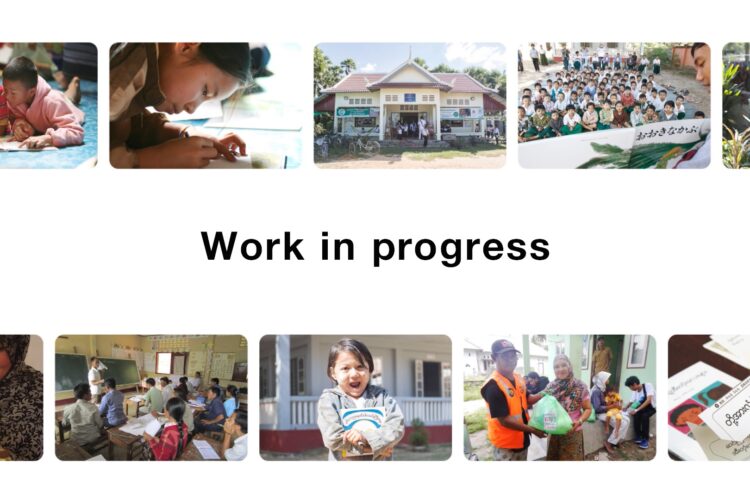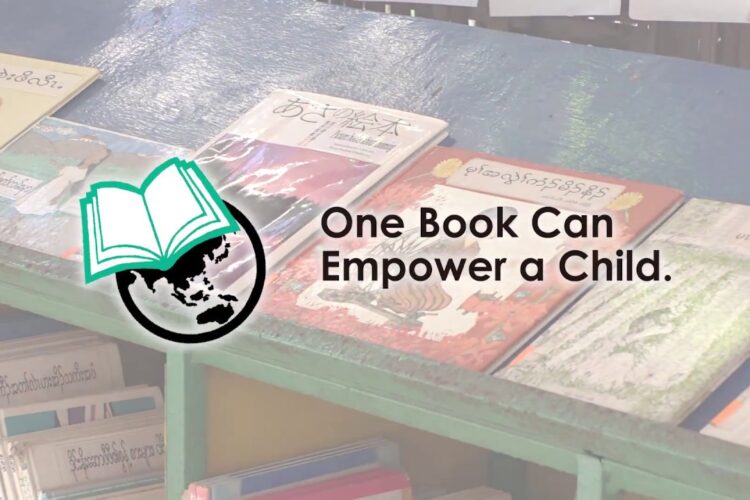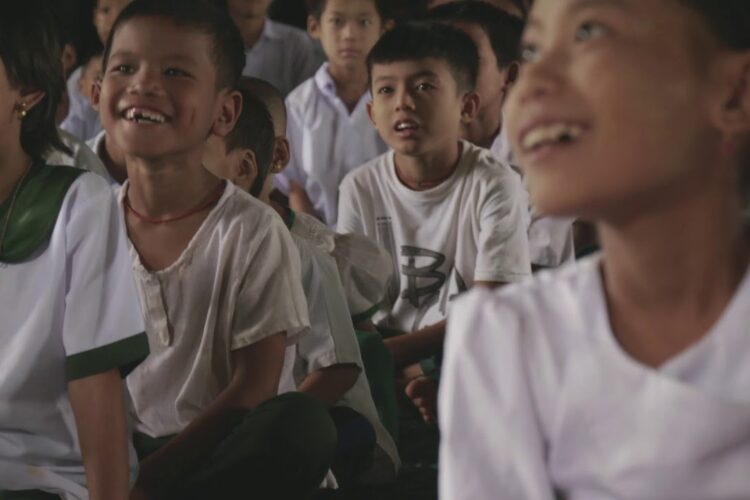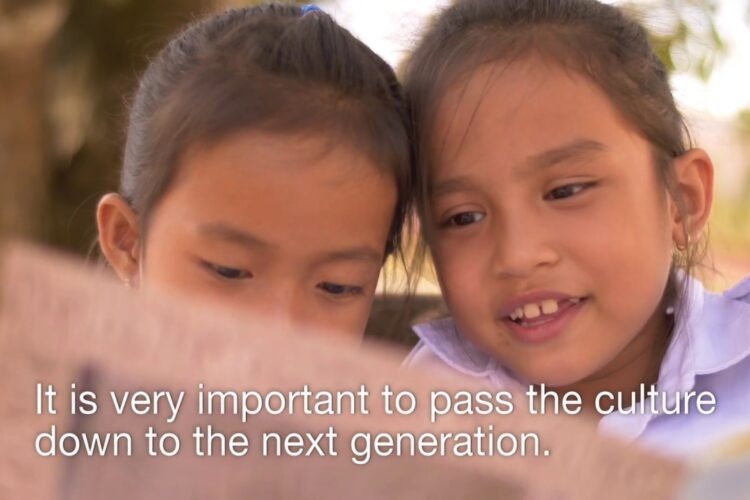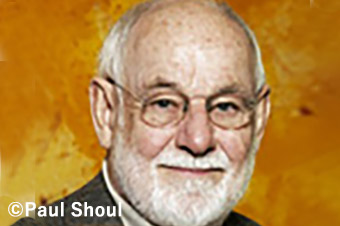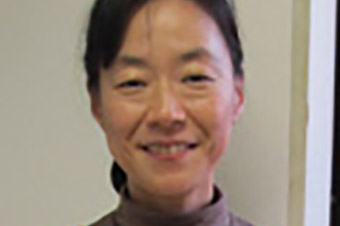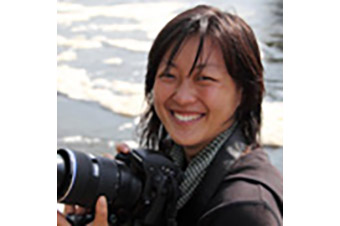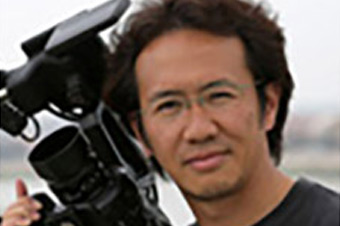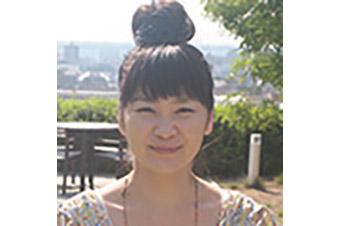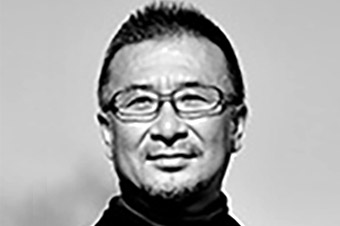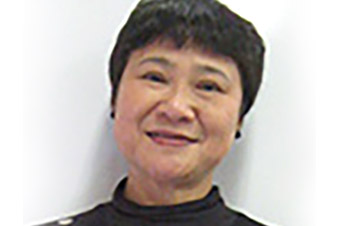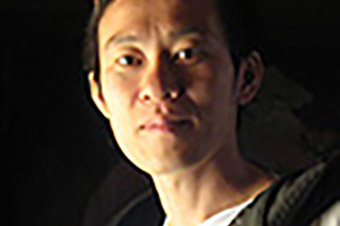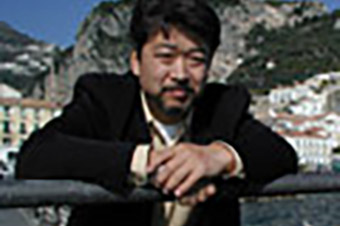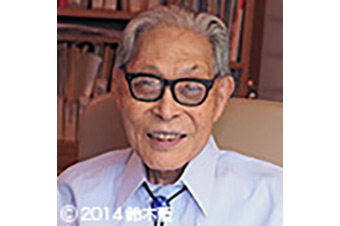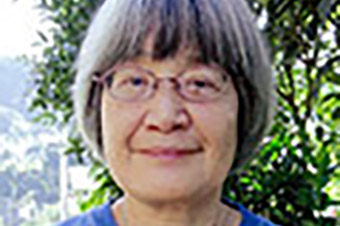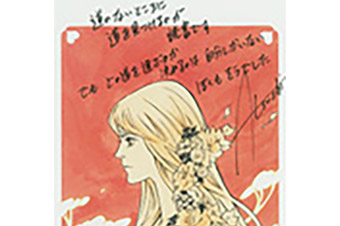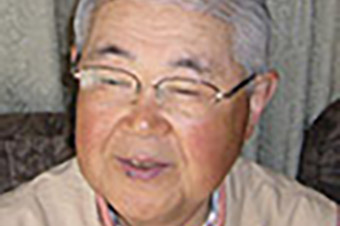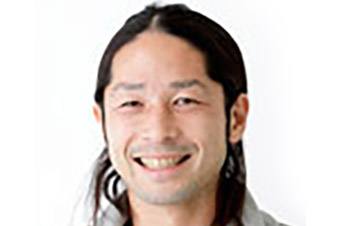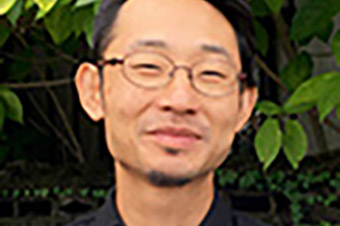About SVA
- TOP
- About SVA
Our Belief
To realize a peaceful society that allows people to “live together and learn together”, each of us needs to have peace of mind first.
And to have peace of mind, we need to know how to read and write, gain knowledge, and stand on our own feet.
We need to be ourselves even in a society filled with complex intertwining problems. We need to accept different values and ideas and find a way to coexist with others through conversation.
SVA believes that learning through books nurtures the power to live and, as a result, peace of mind and the strength to open up the future.
Potential from Reading
The are 773 million illiterate people around the world. Because of conflict, natural disasters, and poverty, children cannot go to school resulting in a loss of opportunities to learn. SVA provides educational opportunities allowing children to learn in any circumstance. Books have the power to make children think for themselves and encourage them to dream.
*UNESCO Institute of Statistics
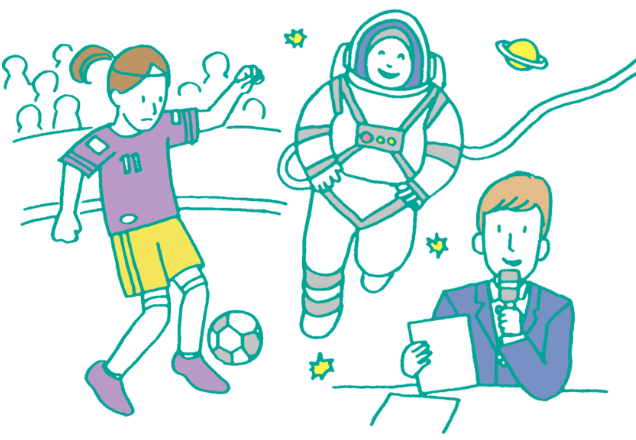
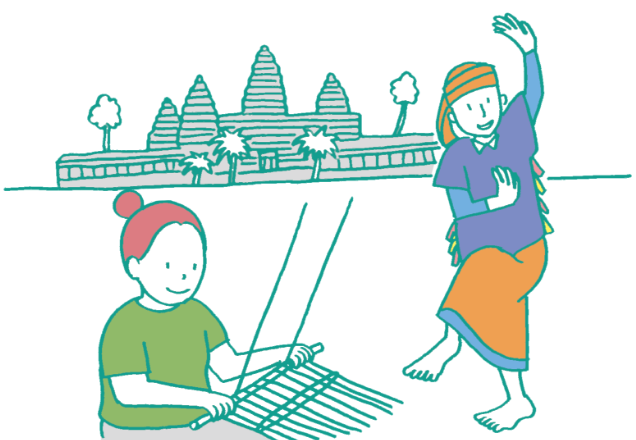
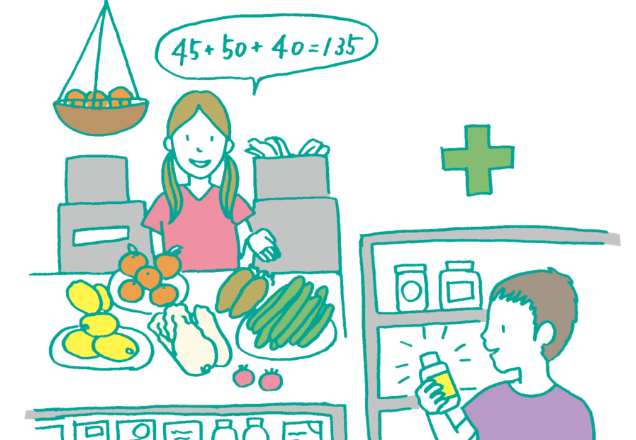
Setting a framework that fosters continuous learning.
SVA’s goals are to create a culture of reading and to enhance the quality of education.
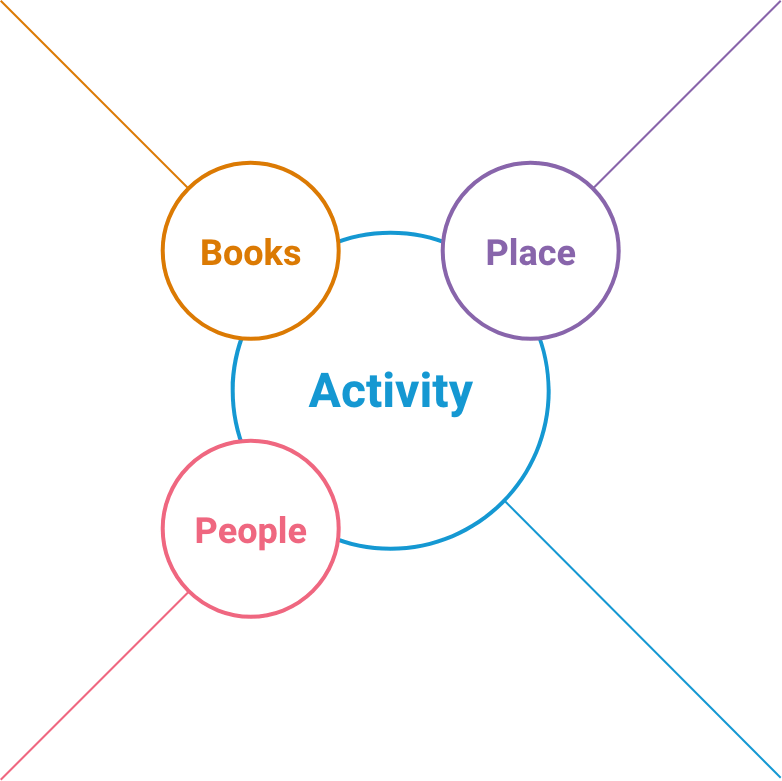
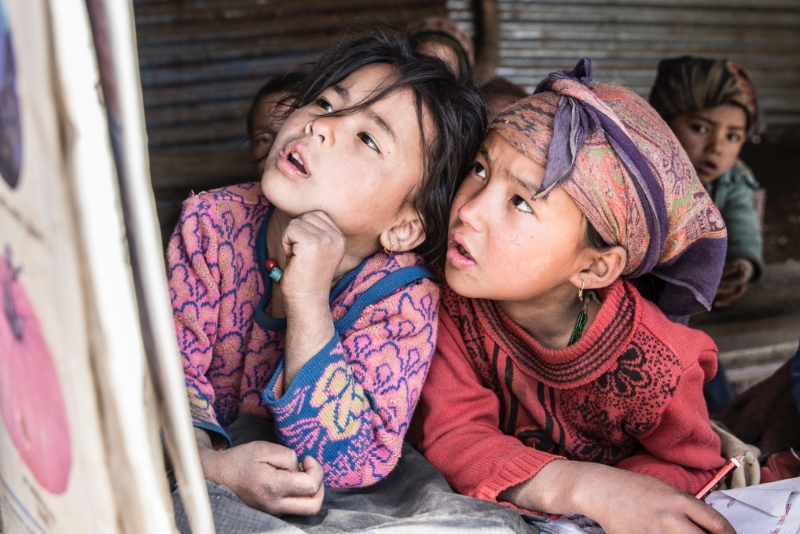
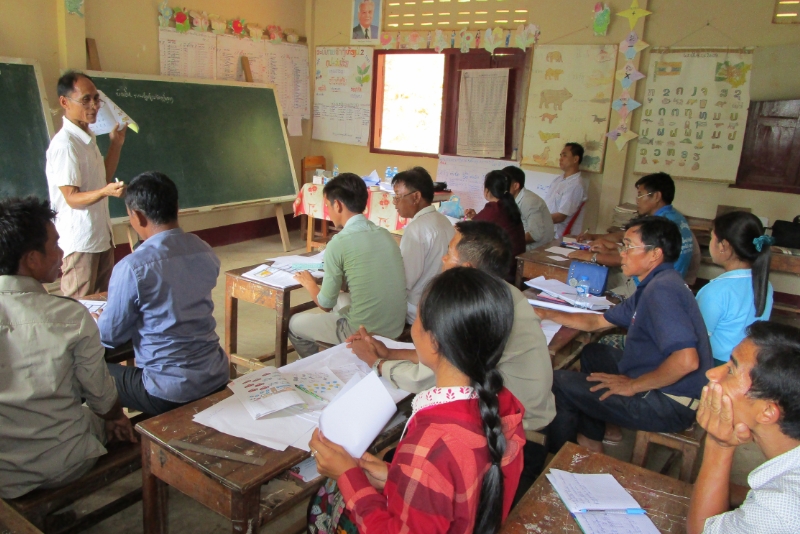

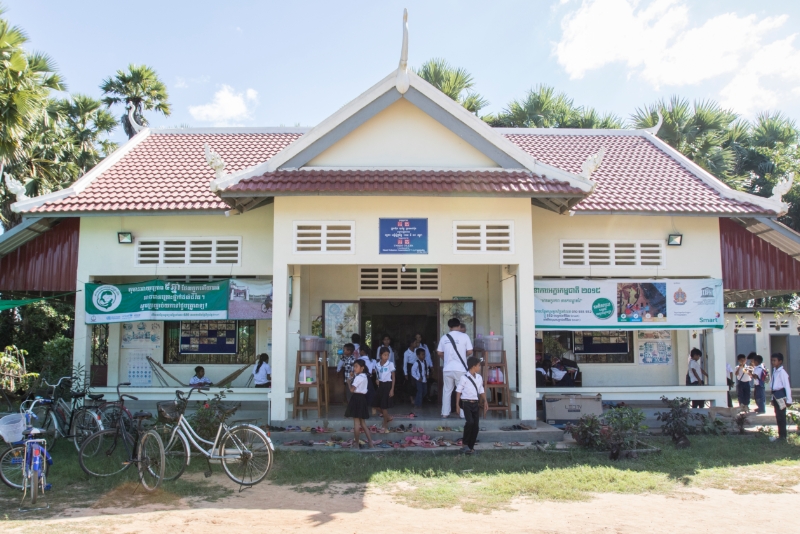
With the local community, we build places where children learn safely.
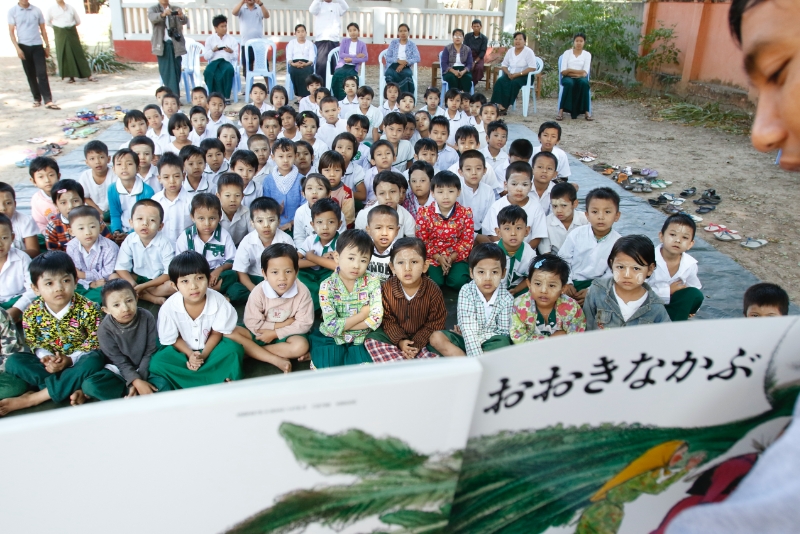
History and Achievement
The Japan Sotoshu Relief Committee (JSRC), SVA’s predecessor, was established in order to help people living in Cambodian refugee camps in Thailand through educational and cultural activities. Opened its first office in Thailand and launched activities. Started mobile library services in June, the same year, and then built permanent libraries in refugee camps in August. (operated until the camps were closed)
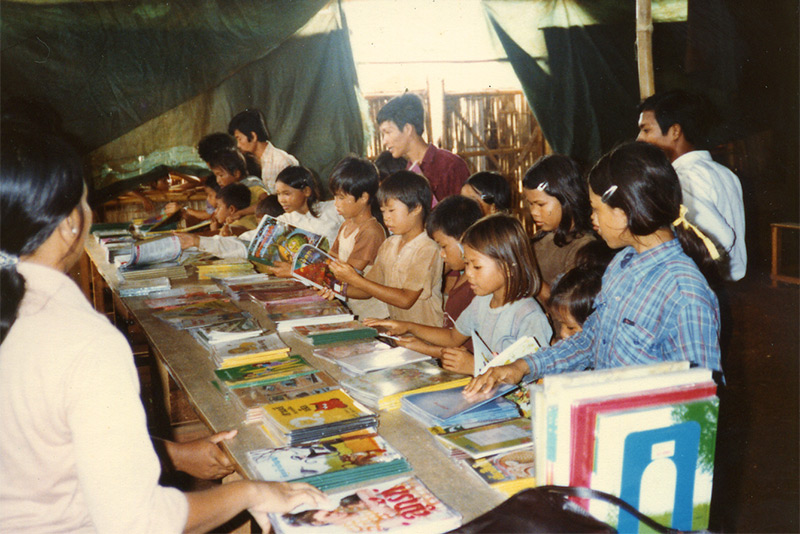
As the emergency relief activities at the Cambodian refugee camps ended, interested members of JSRC held a general meeting on December 10th to establish the Sotoshu Volunteer Association (SVA, currently called Shanti Volunteer Association) in order to take over JSRC’s efforts.
Opened a Vocational Training Center in Klong Toey Slum in Bangkok. We began selling Mon embroidery and hand-woven fabric goods made at the Vocational Training Center and this activity led to our current Fairtrade project, Craft Aid.
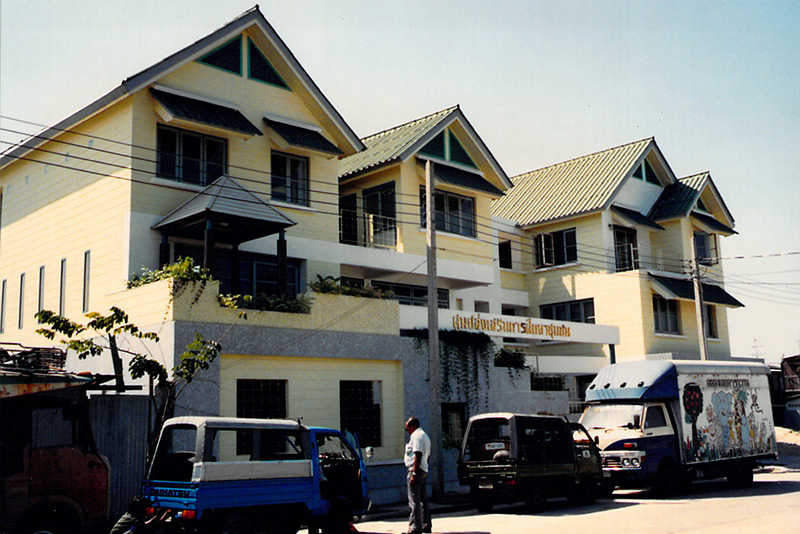
Cambodia’s two-decade civil war damaged its educational systems and culture. With the aim of helping to restore and revitalize them, we opened an office in the country to build and operate a vocational training school, work with residents to build schools, implement library projects, and reprint Buddhist sutras and books. In the same year, we registered our Thailand office as a legal entity in Thailand in order to establish the Sikkha Asia Foundation (SAF). (SAF became an independent organization in March 2015, and is now one of SVA’s partner organizations)
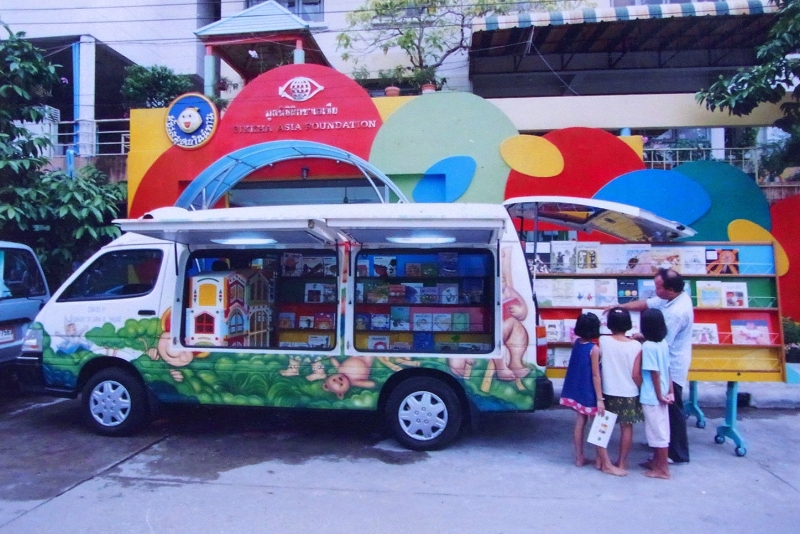
We provided library activities and engaged in printing and publishing projects in the Ban Vinai Laos refugee camp in Thailand. Then, as the camp was closed and the refugees returned to their country, we opened an office in Laos in 1992. At that time, the only library in Laos was the national library in the capital, Vientiane, and few elementary schools had their own libraries, and there were no public libraries. We made and spread mimeographs, created teaching material, trained people, and distributed 1,974 library boxes to 1,207 schools that did not have libraries.
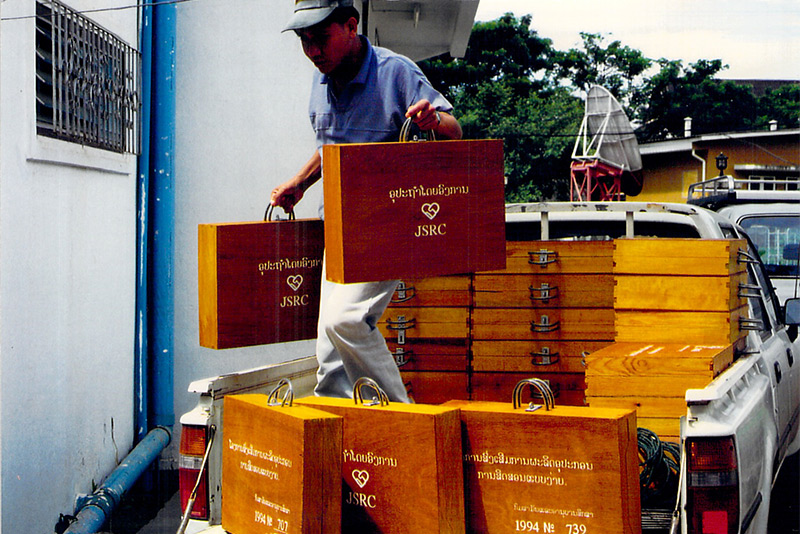
Following the Great Hanshin-Awaji Earthquake in January 17, 1995, we launched a humanitarian response. We distributed relief items, conducted an initial assessment, built temporary classrooms, separate sections for children and shelters for women, and provided mental care by, for example, reading picture books to children. After the Great Hanshin-Awaji Earthquake, we set up an emergency relief section to conduct emergency relief activities in and outside Japan.
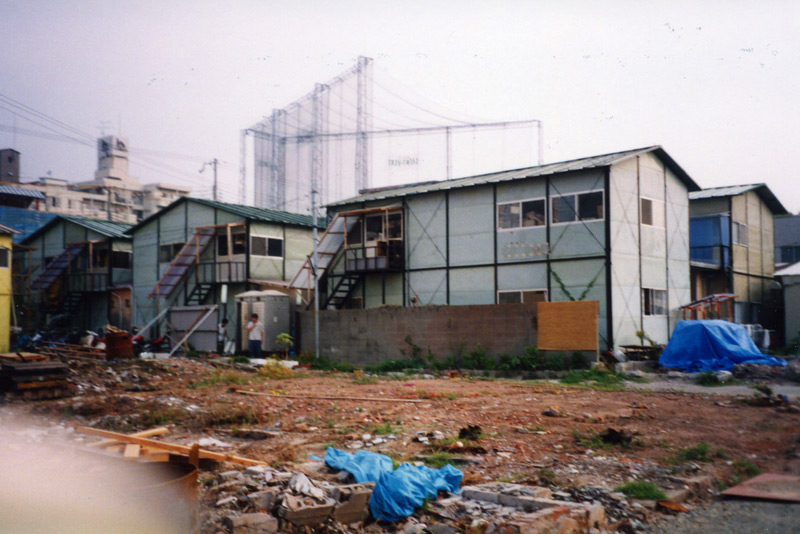
The association rename the “Shanti Volunteer Association (SVA)”.
We launched the Campaign to Deliver Picture Books in 1999 to provide children in our target areas who have never read picture books with opportunities to experience the pleasure of learning about the world they live in, being absorbed in reading, and learning new words and ideas. As a home-based international support activity, about 750 people helped make translated versions of picture books and we delivered 1,941 to Cambodia and 1,532 to Laos in the first year. In addition, we became an incorporated association, the first step in becoming an organization that could better serve public interest.
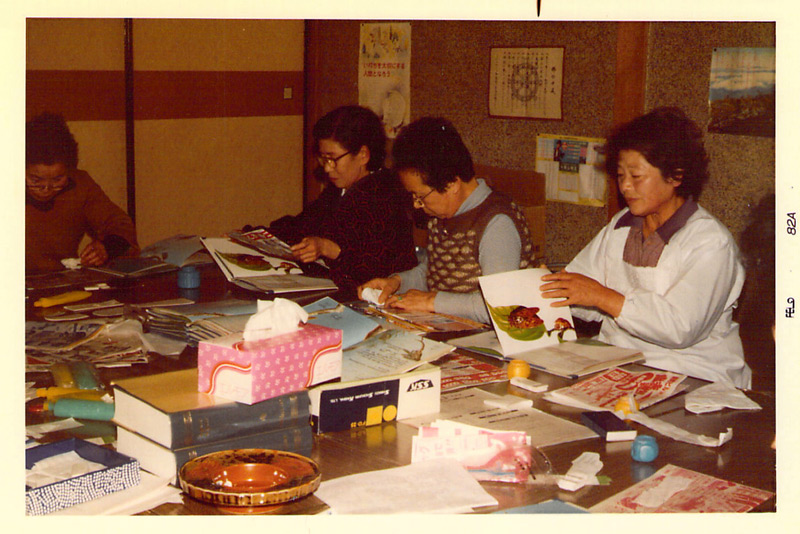
Since 1984, 140,000 refugees have arrived in Thailand, escaping the conflicts between Myanmar’s military regime and ethnic minorities’ anti-government forces. We opened the Myanmar (Burma) Refugee Program Office to create a place for children to learn about their country, as well as the world outside their camps. Working with UN organs, NGOs, and refugee committees, we launched library activities, such as building libraries, publishing picture books in Karen and Burmese languages, and training librarians, in seven Karen refugee camps.
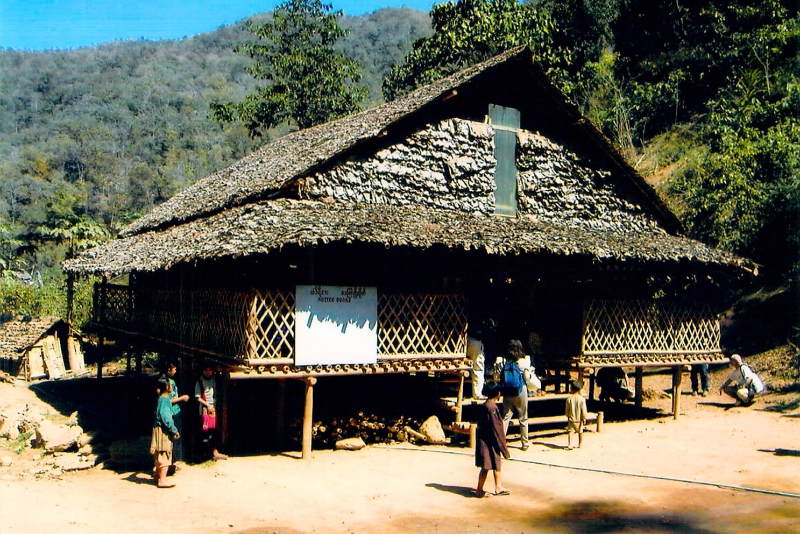
After airstrikes in Afghanistan, which followed the 9-11 attacks in 2001, we distributed food to Afghan refugees in Pakistan. After that, we opened an office in Afghanistan in order to help the refugees on a continuous basis. Half of the roughly 16,500 schools do not have any or enough school buildings and need to improve the quality of their education. In addition to building school buildings, we set up corner libraries, train teachers, and carry out mobile library services.
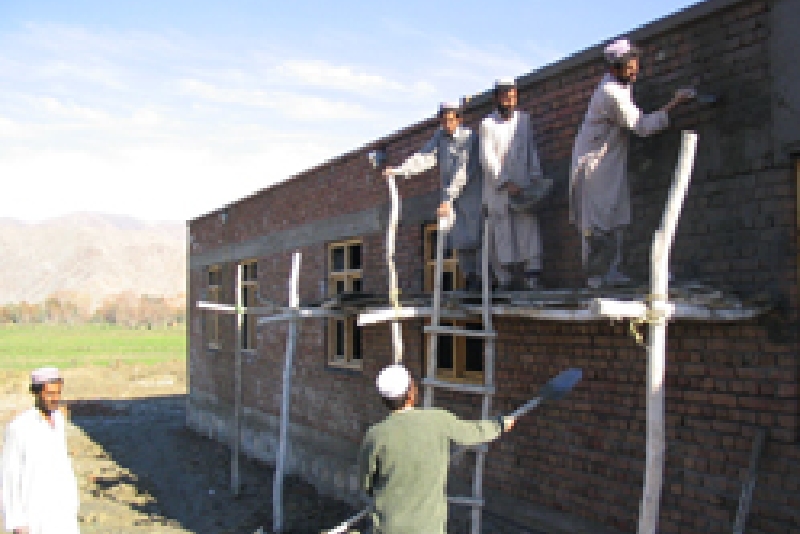
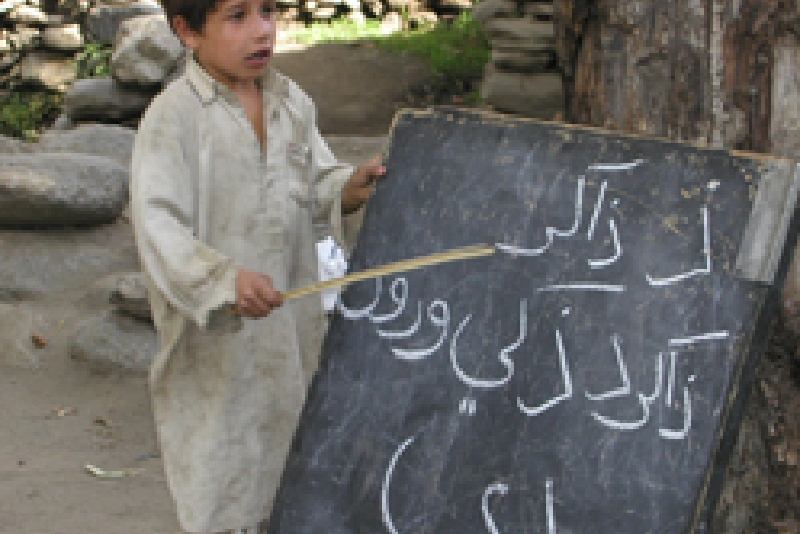
In April 2011, following the Great East Japan Earthquake on March 11th, we opened an office in Kesennuma, Miyagi, to launch our relief response. We also opened offices in Tono, Iwate, and Minamisoma, Fukushima and dispatched staff members who had experience in helping affected areas in/outside Japan. We engaged in relief operations in cooperation with many volunteers who hastily arrived in the areas to help. (The project ended at the end of 2018 and the three offices in Tohoku were also closed)
Following the reform of the nation’s public interest corporation system, we obtained a new corporate status and became a public interest incorporated association.
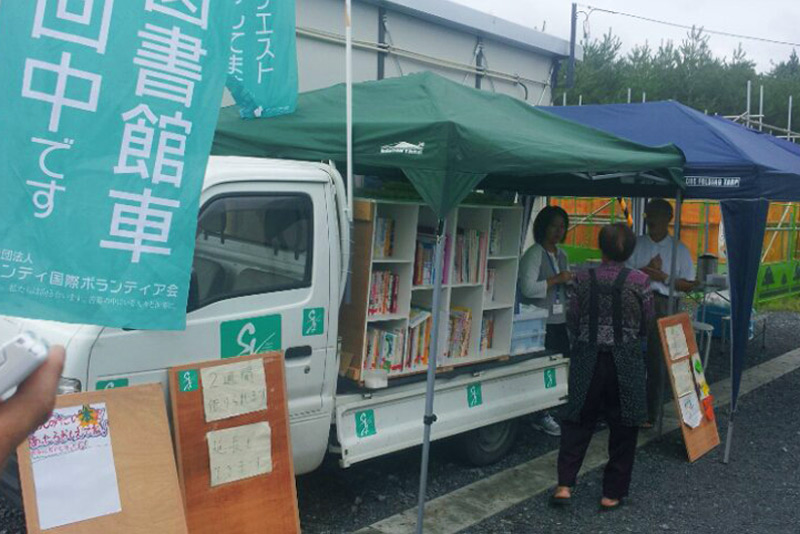
In 2011, with the transition from military rule to civilian democracy, a new administration was inaugurated, promoting democratization through political, economic, and administrative reforms. However, reforming social services, including education, was not easy and half of children were unable to reach the final grade of elementary school. To help solve educational problems, we opened offices in Yangon and Pyay and launched the Improving Monastic School Project, Improving Public Library Project, project to help children who cannot go to school, and picture and children’s book publication project.
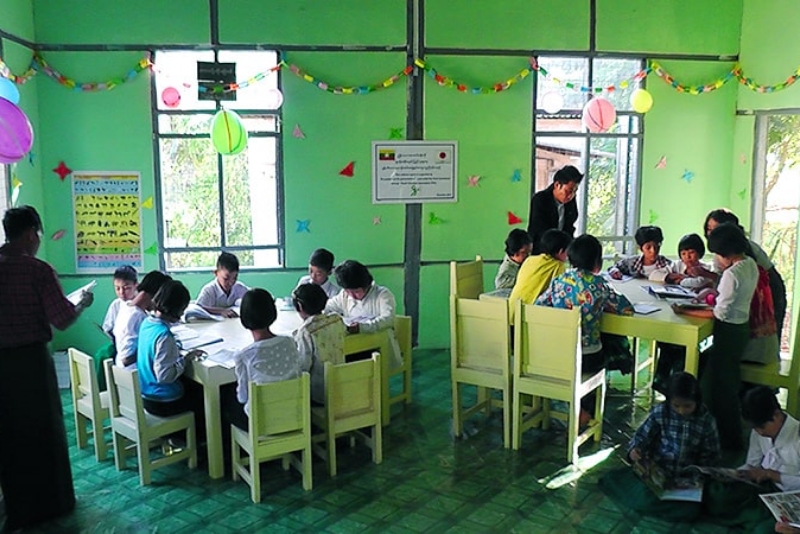
2015 Following the Nepal Earthquake in 2015, we provided a humanitarian response. Compared to the extent of damage caused by the earthquake, the reconstruction of the affected areas was slow even after the emergency relief phase. Even before the earthquake, Nepal had many educational problems. To provide children in the country with safe learning environments as soon as possible, we opened an office in the capital, Kathmandu, as part of our earthquake recovery support program.
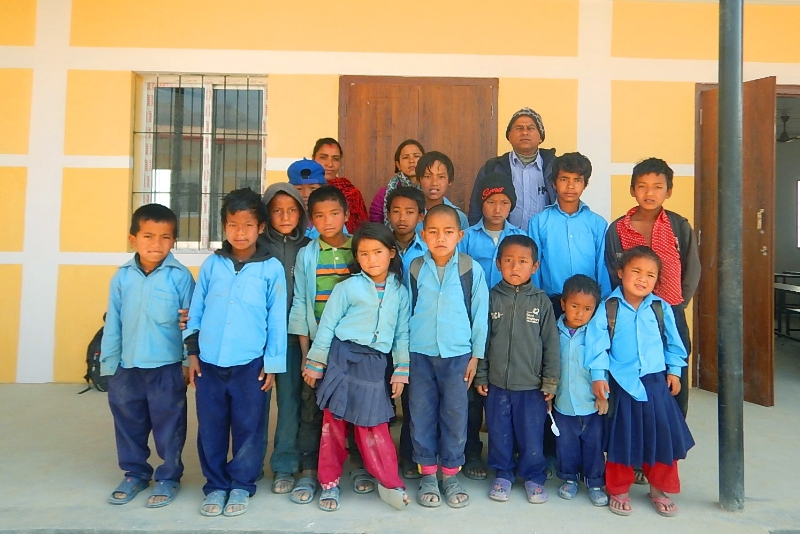
As refugees in the camps on the Thailand border began returning to Kayin, Myanmar, we opened the Myanmar Border Project Office (MBP) in Hpa-an, the capital city of the state, to launch our projects. In the villages they were returning to, however, there weren’t any libraries, school libraries, or places for us to share information and interact with the local people who had always lived there. For this reason, we also built the Community Resource Center and launched our library activities.
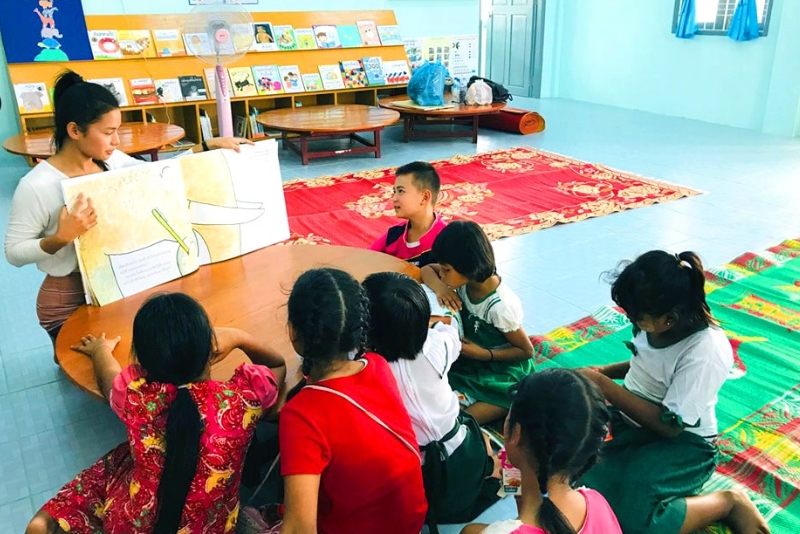
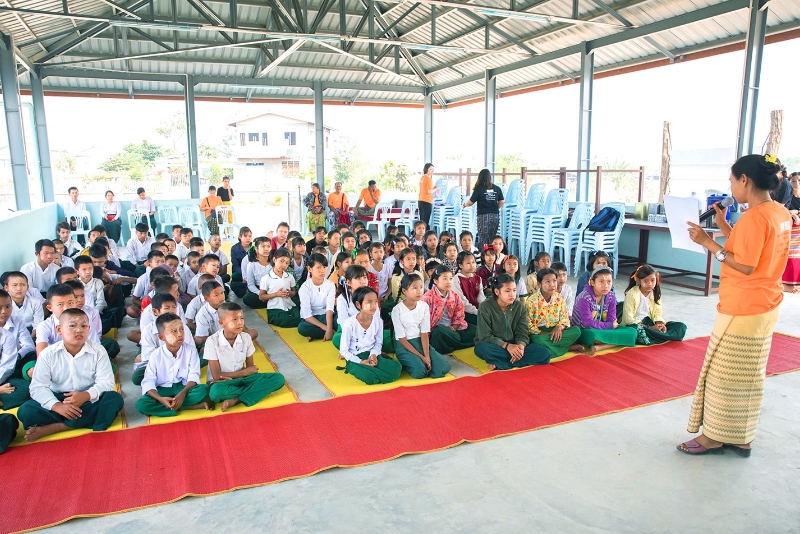
In Japan, in June, 2020, we began helping children who have non-Japanese parents or ancestors. Children grapple with a wide variety of issues, such as family poverty and feelings of isolation. As we believe that it is important for children to be able to spend time with those with different backgrounds, share their feelings, and develop a sense of self-affirmation, we work to develop places where such children can feel at home. As the COVID-19 pandemic is still ongoing, we provide children with opportunities to interact with other children with the same backgrounds freely over the internet.
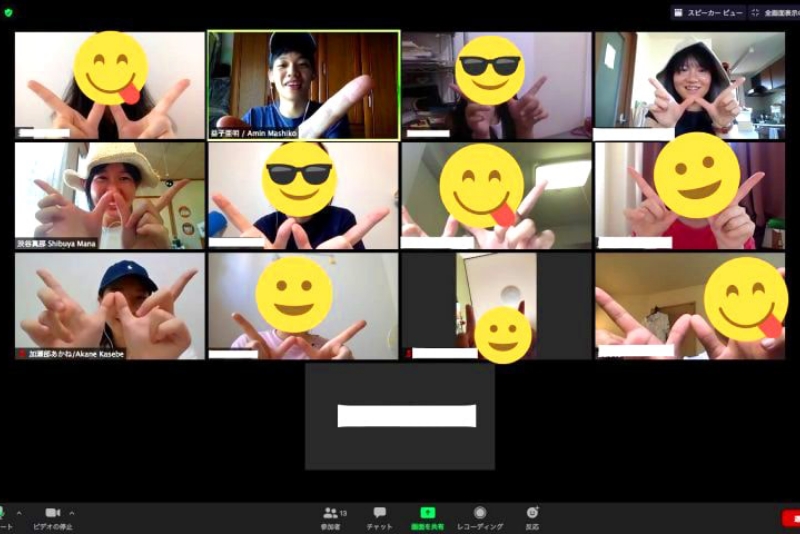
Activities So Far
Since its establishment, SVA has continuously worked in the hope that everyone facing difficulty will find hope through reading and create their own bright futures.


